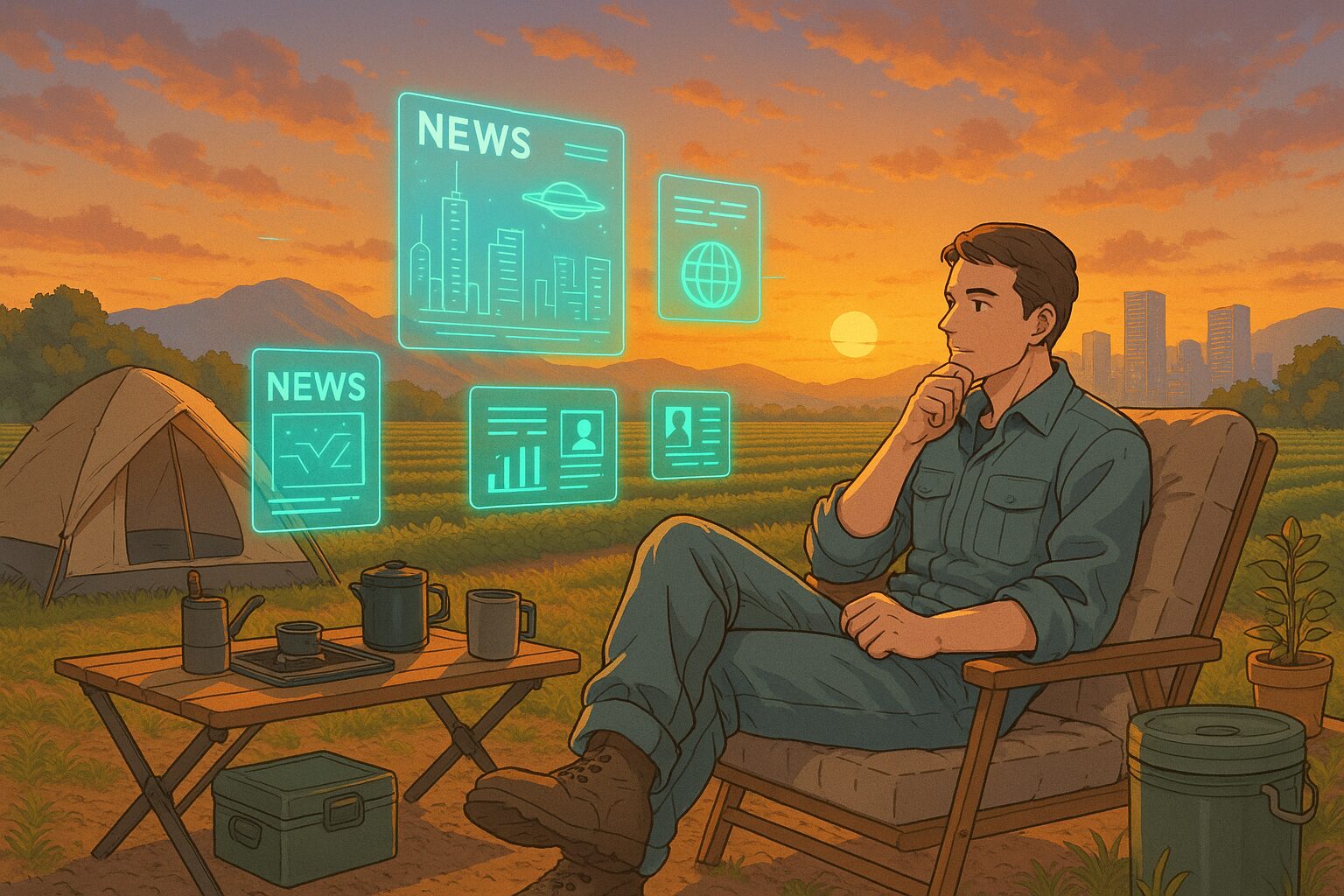What Do We Choose at the Intersection of Art and Freedom?
A moment is arriving where art and politics intersect behind the scenes of music festivals. At the “Glastonbury Festival,” a celebration of music bringing people together from around the world, an Irish hip-hop trio is scheduled to perform, but a politician has expressed that it is “inappropriate.” If this trend continues, what future will we face?
1. Today’s News: What Is Happening?
Source:
The Independent
Summary:
- An Irish hip-hop group is scheduled to perform at Glastonbury.
- A prominent British politician commented that this performance is “inappropriate.”
- The boundaries of freedom and expression at music festivals are being questioned.
2. Three “Structures” Behind the Issue
① The “Structure” of the Issues at Hand
As the boundaries between music and politics become blurred, a situation arises where artists’ expressions are influenced by political interpretations. This is rooted in a long-standing debate about how to balance freedom of speech and behavior in public spaces.
② How It Connects to Our Lives
While it may seem like a distant festival topic, if free expression is restricted, our everyday choices will also narrow. Music and art are part of how we express our opinions freely in our lives.
③ Our Role as “Choosers”
We have the power to choose which expressions to support and in what contexts to accept them. This choice shapes our cultural values and the nature of our communities.
3. IF: If This Continues, What Will the Future Look Like?
Hypothesis 1 (Neutral): A Future Where the Festival Is Held Under Regulation
The expression of artists may become monitored, and festivals could take place in a more controlled environment. While this could provide participants with a safe and controlled experience, the space for free expression would diminish.
Hypothesis 2 (Optimistic): A Future Where Diverse Expressions Coexist
More voices could be recognized, and festivals could evolve into places where differing opinions coexist. This could expand cultural diversity, allowing participants to broaden their perspectives through exposure to multiple viewpoints.
Hypothesis 3 (Pessimistic): A Future Where Creativity Is Limited
Restrictions on freedom of expression could force artists into self-censorship, leading to a stagnation in musical and artistic innovation. This raises concerns about the loss of cultural vitality.
4. What Choices Can We Make Now?
Action Items
- Participate in activities that support the free expression of artists and events.
- Engage in discussions about freedom of expression and raise awareness.
Thought Tips
- Think about the balance between freedom of expression and the public good.
- Adopt an attitude of embracing diversity and striving to understand different perspectives.
5. Work: What Would You Do?
- How much freedom of expression would you permit at festivals?
- What are your thoughts on the political messages in art?
- How will you expand your own cultural values?
6. Conclusion: Preparing for Ten Years Ahead to Choose Today
What kind of future have you envisioned? Please share your thoughts on freedom of expression and its limits on social media or in the comments. Every voice from each reader is an important step in shaping the future.









